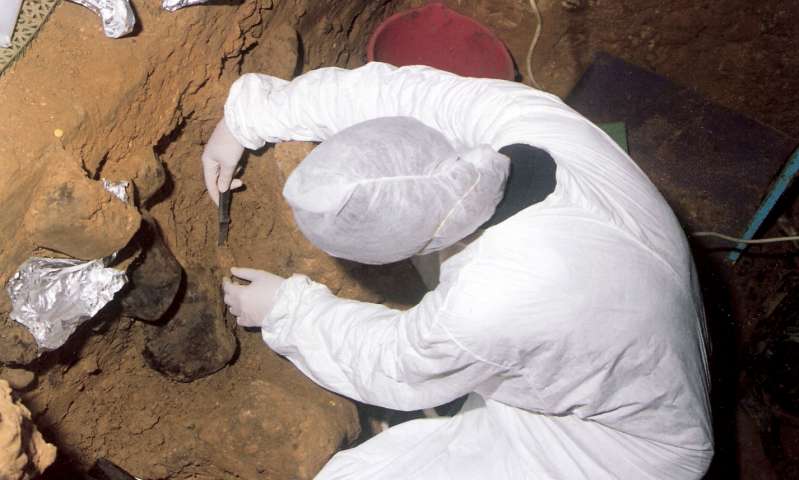
During the excavations it is often possible to find pieces of dishes and other kitchen utensils, weapons and items of tableware, but the remains are not so simple. To find the whole skeleton or at least a sufficient number of fragments is much harder. Therefore, to study the DNA of ancient people is not always obtained. To solve the problem, German researchers began to search for new ways of detecting DNA, and I must say, succeeded.
Scientists decided to find out whether DNA preserved in sediments found in the archaeological sites. For the experiment, they collected samples on the excavation of sites of ancient people, found in France, Croatia, Spain and Russia, resulting in their possession of the samples aged from 14 000 to 500 000 years.
Further study of microscopic particle has helped to identify and fix fragments of mitochondrial DNA, which were then analyzed. Found out that the fragments belong to the twelve families of mammals, including mammoths, cave hyenas and a number of animals. Eight samples belonged to Neanderthals, and one was close to Denisova.
Method is good because the sediment does not need to be stored in certain conditions, so they may keep inside DNA even at room temperature. Therefore, scientists have carried out a detailed study of a new method of detecting DNA in the rocks, to then be able to apply it everywhere in the excavations.
Archaeologists were able to detect DNA of our ancestors in sedimentary rocks
Vyacheslav Larionov